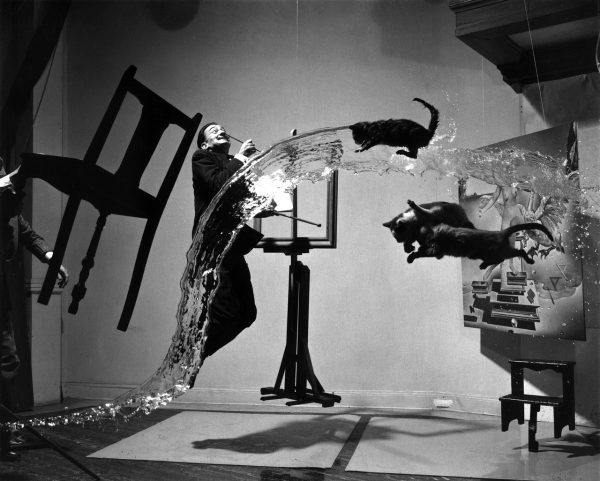Salvador Dali is one of the most celebrated artists of all time. His fiercely technical yet highly unusual paintings, sculptures and visionary explorations in film and life-size interactive art ushered in a new generation of imaginative expression. From his personal life to his professional endeavors, he always took great risks and proved how rich the world can be when you dare to embrace pure, boundless creativity.
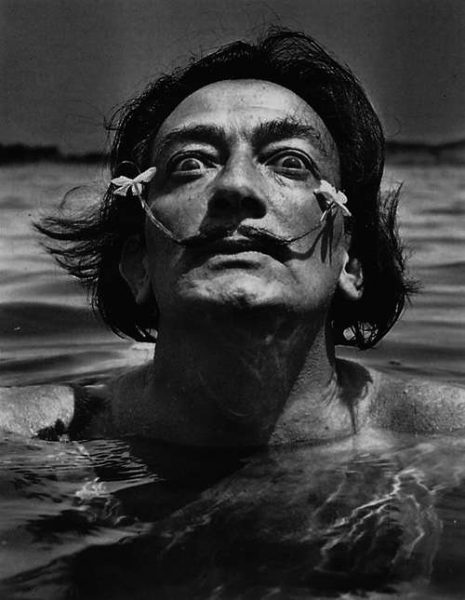
Salvador Dali was born on May 11, 1904 to parents Salvador Dali Cusi, a prominent notary, and Felipa Domenech Ferres, a gentle mother who often indulged young Salvador’s eccentric behavior. Felipa was a devout Catholic and the elder Salvador an Atheist, which was a combination that heavily influenced their son’s worldview. Dali’s artistic talent was obvious from a young age, and both of his parents supported it—though it is known that the relationship with his disciplinarian father was strained. Ultimately, Dali’s raw creativity and defiant attitude would distance him from his father, but it would also become the cornerstone of his wildly imaginative artistic feats.
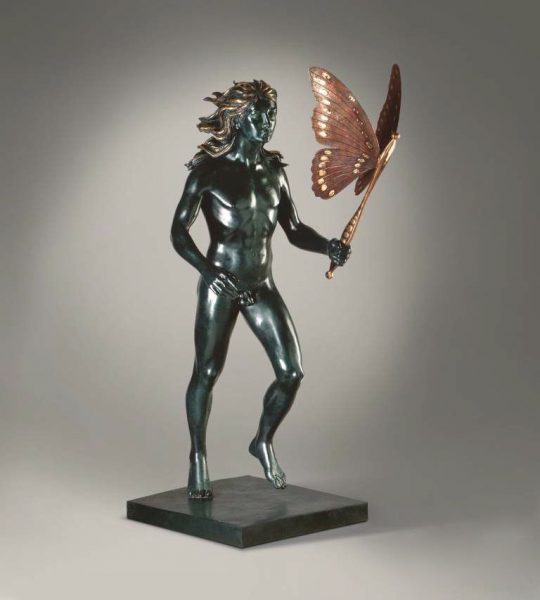
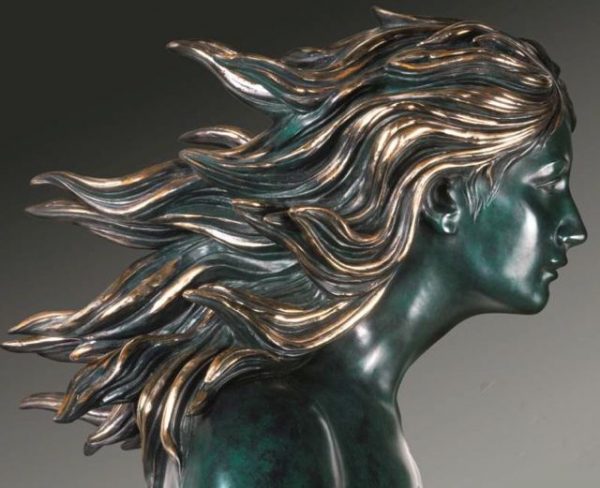
After passing through phases of Cubism, Futurism and Metaphysical painting, he joined the Surrealists in 1929 and his talent for self-publicity rapidly made him the most famous representative of the movement. Throughout his life he cultivated eccentricity and exhibitionism (one of his most famous acts was appearing in a diving suit at the opening of the London Surrealist exhibition in 1936), claiming that this was the source of his creative energy. He took over the Surrealist theory of automatism but transformed it into a more positive method which he named `critical paranoia’.
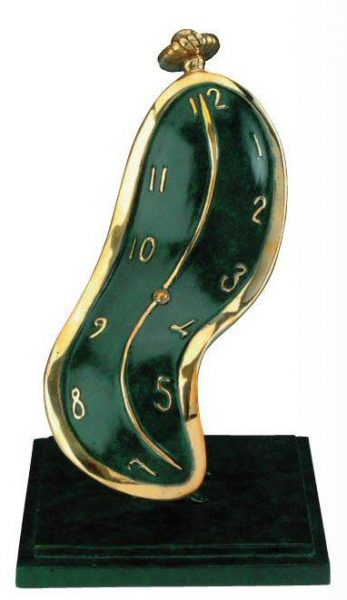
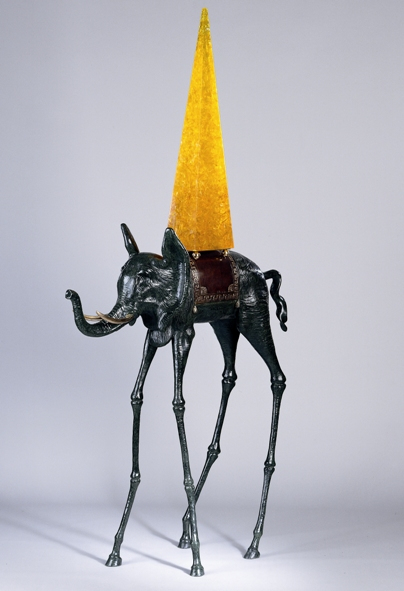
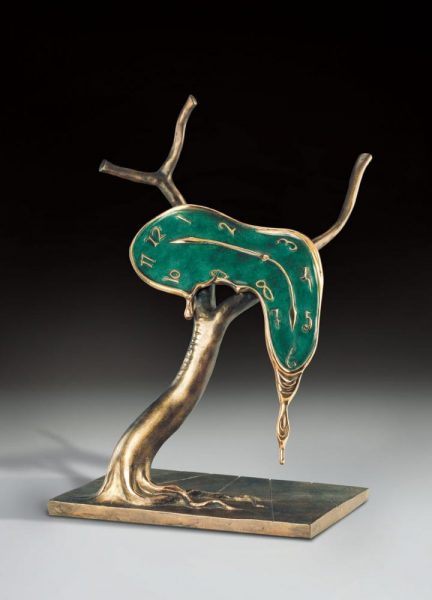
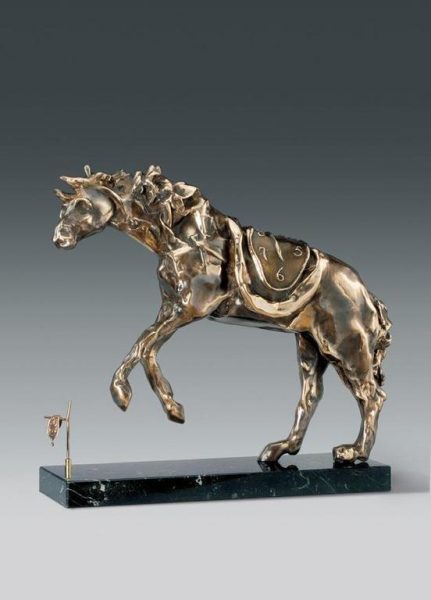
His paintings employed a meticulous academic technique that was contradicted by the unreal `dream’ space he depicted and by the strangely hallucinatory characters of his imagery. He described his pictures as `hand-painted dream photographs’ and had certain favorite and recurring images, such as the human figure with half- open drawers protruding from it, burning giraffes, and watches bent and flowing as if made from melting wax.
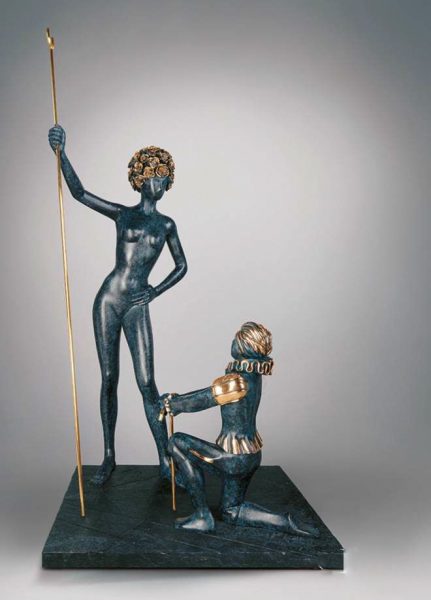
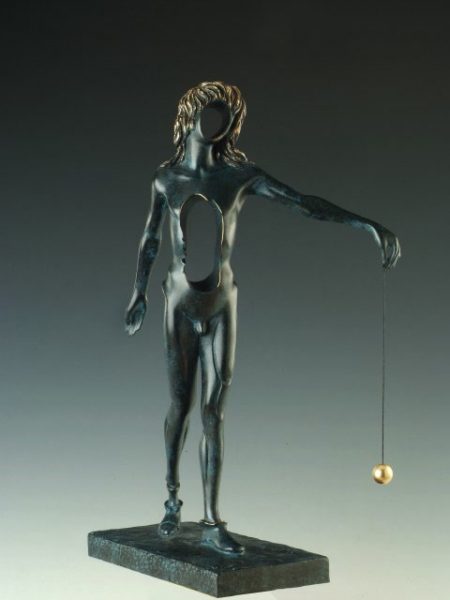
Dali’s Furniture
During the 1930’s, Dalí continued his creative search for new ways to express himself artistically. He developed a friendship with Jean-Michel Frank, a renowned Parisian furniture-maker and decorator of the time. Together they collaborated on several ideas, transforming everyday practical objects into ones of indeterminate use. The culmination of which was a Surreal Room which was originally laid out in the London home of Dalí’s great patron, Edward James.
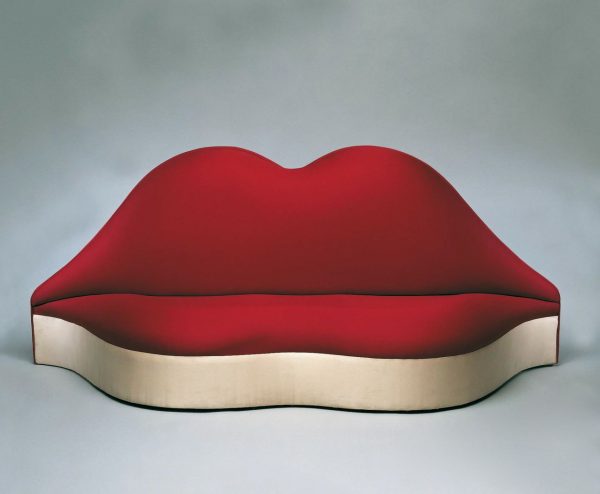
The artwork Mae West Lips Sofa reverses Dalí’s usual paranoiac-critical method of attempting to see images within objects. Dalí began his point of reference with an actual image, Mae West’s sensual lips, and created a functional object. The actress Mae West was renowned more for her voluptuous figure and her risqué one-liners than for her acting skills, and Dalí, with his great skill for publicity and maintaining his place in the public eye, paid homage to her with this inspired and original sofa. The first sofa was constructed in Paris in 1936, under Dalí’s supervision, based on his original sketch. The upholstery fabric was in Elsa Schiapparelli’s “shocking pink”. Such is the popularity of this piece of furniture, that it has become instantly recognisable and has been copied many times since by mainstream furniture-makers. One of the sofas forms part of a trompe l’oeil room in the Teatro-Museo in Figueres, which, when viewed from a certain angle, clearly depicts the face of Mae West.
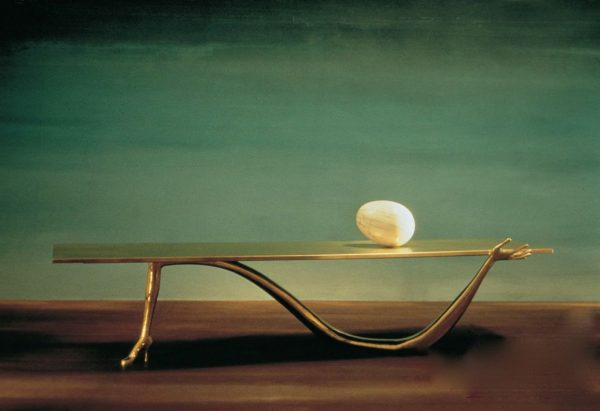
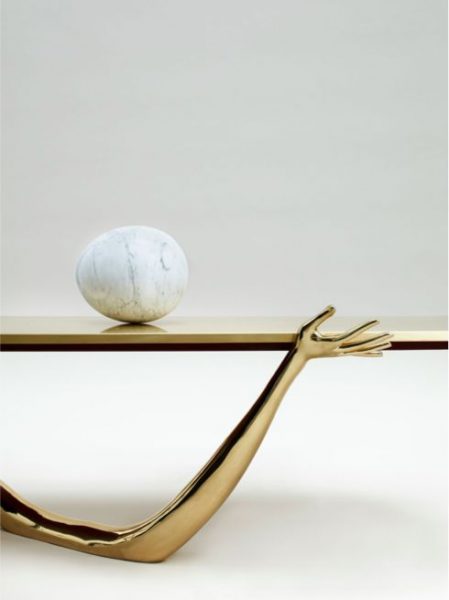
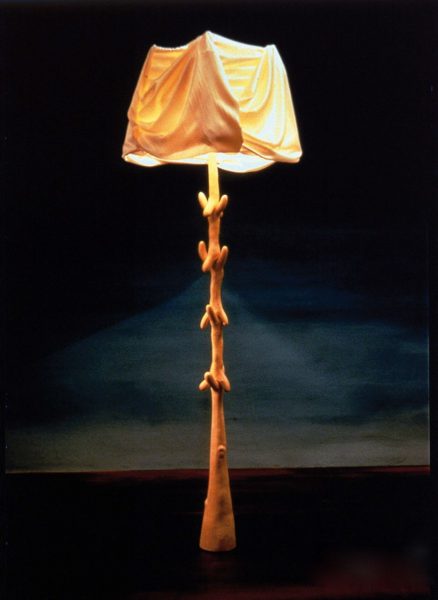
Other objects include a series of floor lamps, the Bracelli Lamp, the Cajones Lamp and the Muletas Lamp, with their twisted, languid and almost tortured geometric forms which are so characteristic of Dalí’s figuration. The Leda Armchair and Leda Coffee Table, so heavy and hard to move, contrast with the slender curved arms and legs in all their feminine and expressive form.
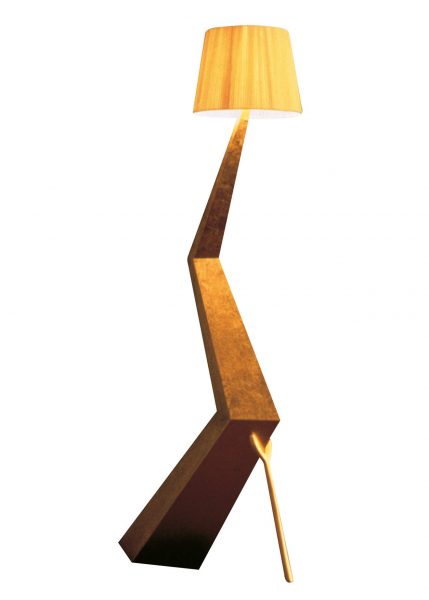
These are Dalí objects – chairs, tables, lamps and seats converted into special objects. Extravagant and mind-boggling objects that retain their highly symbolic aspect.
